Products >> Steel Pipes/Tubes/Chromed Bars >> Seamless steel pipe
Stainless Steel tubes
Stainless Seamless Steel Pipe/Tube Stainless Steel Tubing Seamless/ Welded Steel Pipes
|
Stainless Seamless Steel Pipe Steel Grades
|
Stainless Seamless Steel Tubes Steel Grades |
Main Applications |
|
0Cr18Ni9, 00Cr19Ni10, 0Cr17Ni12Mo2, 00Cr17Ni14Mo2, 0Cr18Ni9Ti, 0Cr18Ni11Nb |
304, 304L, 316, 316L, 321, 347 |
Stainless steel appliances, military steel |
|
0Cr13, 1Cr17, 1Cr17Mo, 10Cr9Mo1vMoN, 10Cr9MoW2VNbNB |
405, 430,T/P91, T/P92 |
Chemical equipment, high pressure boiler pipe |
|
Stainless Steel Tube Shape |
Stainless Steel Tube /Type |
Stainless Steel Tube Sizes |
|
Stainless Steel Rectangle Tube |
Type:common, Polish, Mill Finish, Seamless/Welded-Ornamental |
Widths 16 to 300mm Wall Thickness: 2mm-10mm |
|
Stainless Steel Round Tube |
Type: common Polish, Mill Finish, seamless/Welded-Ornamental |
OD: 16mm to 300mm Wall Thickness: 2mm-10mm |
|
Stainless Steel Square Tube |
Type: Polish, Mill Finish, Seamless/Welded-Ornamental |
Widths 16mm to 300mm |
304 Stainless Steel Tubing
Applications: 304 stainless steel is the most widely used of all stainless steel grades. 304 stainless steel is most notably present in industrial applications and kitchen equipment.
Characteristics: As a heat-resistant grade, 304 stainless steel tubing offers good corrosion resistance to many chemical corrodents, as well as industrial atmospheres. 304 stainless steel tubing offers good formability and can be readily welded by all common methods. An extra low carbon variation, called 304L, avoids harmful carbide precipitation due to welding. This variation offers the same corrosion resistance as 304, but with slightly lower mechanical properties.
316 Stainless Steel Tubing
Applications: 316 stainless steel can be found in pumps, valves, textile and chemical equipment, pulp & paper and marine applications.
Characteristics: 316 stainless steel tubing is more resistant to corrosion and pitting than 304 stainless steel and offers higher strength at elevated temperatures. In addition, 316L is an extra low carbon variation that helps avoid carbide precipitation due to welding.
What's the difference between 304 vs 316 Stainless Steel:
When it comes to stainless steel tubing, grades 304 and 316 are among the most widely used. Stainless steel 304, used in industrial applications and kitchen equipment, is a highly heat-resistant stainless steel grade and offers good corrosion resistance to many chemical corrodents, as well as industrial atmospheres. With good formability, 304 can be readily welded by all common methods.
If you are looking for an extra low carbon variation, 304L offers the same corrosion resistance as 304 stainless steel tubing, but with slightly lower mechanical properties.
When it comes to 316 stainless steel tubing, you can expect better corrosion and pitting resistance to chlorides than 304 stainless steel tubing and higher levels of strength at elevated temperatures, due in part to the addition of molybdenum. 316 stainless steel tubing is ideal for such applications as pumps, valves, textile and chemical equipment, pulp & paper and marine applications.
If you are looking for an extra-low carbon version, 316L helps avoid carbide precipitation due to welding
If comparing 304 stainless steel tubing to 316 stainless steel tubing, both materials are good for corrosion resistance, strength, welding, and heat resistance. However, 316 stainless steel tubing holds a slight edge to 304 stainless steel tubing in these categories due to variation in alloying elements.
Products Category
Contact Us

Name: SAY HELLO WE LOVE IT!
Tel: +86-18763968079
E-mail: [email protected]
E-mail: [email protected]
WeChat: +8618763968079
Whatsapp: +8618763968079




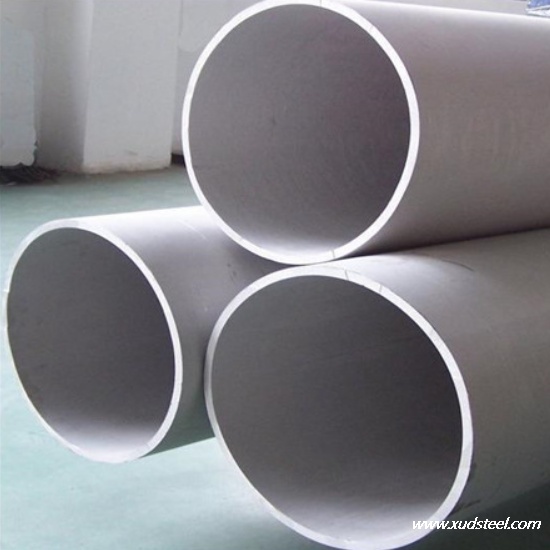

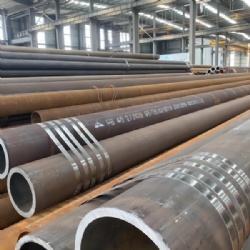
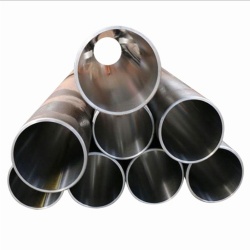
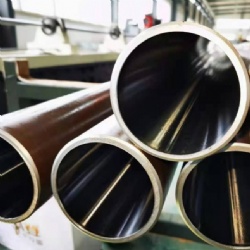


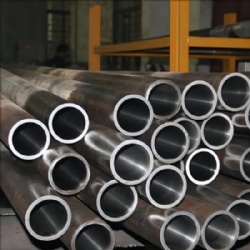



 WhatsApp
WhatsApp  Mail inquiry
Mail inquiry
